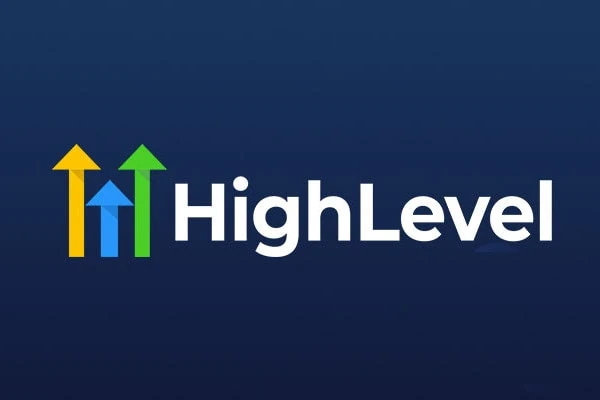Funnel Setup
How to Create a Funnel in GoHighLevel (Complete Step-by-Step Guide)
Team GoHighLevelSupport.io•October 22, 2025•11 min read

Building funnels inside
GoHighLevel
is one of the fastest ways to generate and convert leads — without needing external tools like ClickFunnels or Leadpages.
GoHighLevel gives you everything: drag-and-drop funnel pages, forms, automations, and even payments in one place.
In this guide, we’ll show you **exactly how to create, customize, and launch a complete funnel in GoHighLevel**, step-by-step.
1. Understanding How Funnels Work in GoHighLevel
A funnel is a series of web pages designed to move a visitor toward a goal — such as booking a call, making a purchase, or submitting a form.
In GoHighLevel, funnels are built using the Funnel Builder under the Sites tab.
You can include landing pages, thank-you pages, upsell/downsell pages, and checkout steps — all connected through automation workflows.
2. Creating a New Funnel
To create your first funnel:
- Go to Sites → Funnels → + New Funnel.
- Choose Blank Funnel or start from a Template.
- Enter a name (e.g., “Free Consultation Funnel”).
- Select the location or client sub-account you’re working on.
3. Adding Funnel Steps (Pages)
Click “Add New Step” to create pages such as:
- Landing Page – to capture visitor interest.
- Opt-in Page – to collect email or phone details.
- Thank You Page – confirming submission or booking.
- Upsell Page – optional page to offer upgrades or add-ons.
4. Designing Your Funnel Page
Click on any funnel step to open the Page Builder.
From here, you can:
- Drag elements (text, images, buttons, forms, videos) onto the canvas.
- Edit headlines and body copy inline.
- Add call-to-action buttons with links to forms or next steps.
- Use Sections → Rows → Columns for responsive layouts.
- Preview your design in desktop, tablet, and mobile views.
5. Adding Forms or Surveys to Capture Leads
To collect visitor data:
- Go to Sites → Forms → Builder.
- Create a form with fields like Name, Email, Phone, and Message.
- Click “Integrate Form” and select your funnel page.
- Drag the “Form” element onto your page and choose your form from the dropdown.
6. Connecting Your Funnel to a Workflow
Once your form is connected, you can link it to an automation:
- Go to Automation → Workflows.
- Create a new workflow with the trigger Form Submitted.
- Add actions such as Send SMS, Send Email, or Move to Pipeline Stage.
7. Setting Up Payments (Optional)
If your funnel sells a product or service:
- Go to Payments → Integrations and connect your Stripe account.
- Return to your funnel page and add the Order Form element.
- Choose your product and set the price.
8. Configuring Your Domain & Publishing the Funnel
To make your funnel live:
- Go to Settings → Domains → Add New Domain.
- Enter your domain (e.g., offers.yourdomain.com).
- Update DNS with your hosting provider using GoHighLevel’s CNAME record.
- Return to your funnel → Settings → choose the domain and funnel path.
9. Adding Tracking & Analytics
Tracking is crucial to know what works.
Add your
Google Analytics 4
tag or Facebook Pixel under Settings → Custom Code.
You can also set up conversion tracking via GoHighLevel’s built-in analytics or integrate
Google Tag Manager.
Track page views, opt-ins, and sales conversions easily.
10. Testing & Launching Your Funnel
Before promoting:
- Submit test forms to verify contact capture.
- Check automation triggers and email delivery.
- Ensure mobile responsiveness and page speed.
Conclusion
With GoHighLevel, building funnels no longer requires multiple tools or coding.
You can design, automate, and track your entire customer journey in one system.
Want us to design and launch your first funnel professionally?
Book a setup session today
and our experts will configure everything — from design to automation — for maximum conversions.
Pro Tip
Bookmark this article and share it with your team to stay updated on the latest best practices.